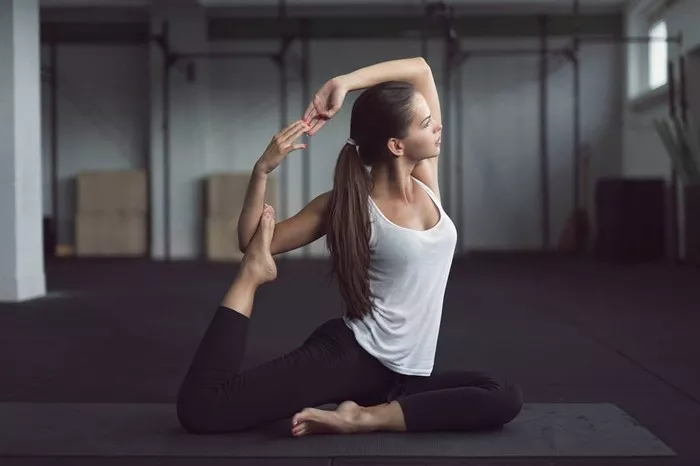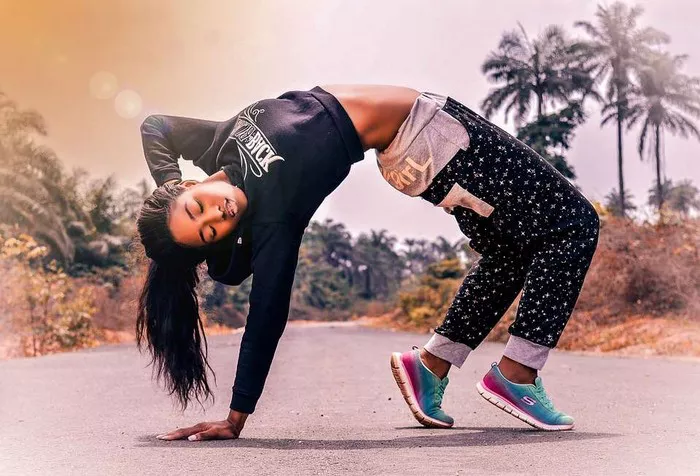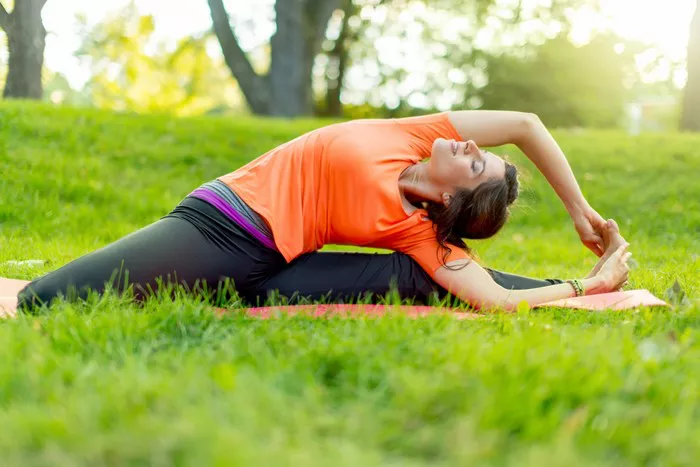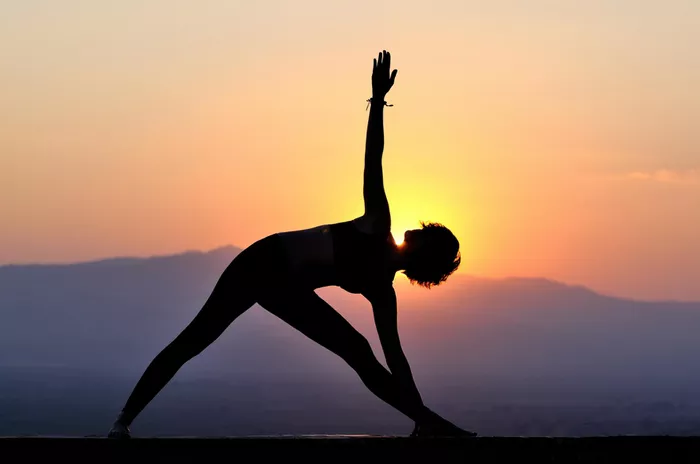Yoga is an ancient practice that combines physical postures, breathing exercises, and meditation techniques to promote holistic health and wellness. Among the many styles of yoga that have evolved over the years, Iyengar Yoga stands out due to its unique focus on precision, alignment, and the use of props. Created by the renowned Indian yogi B.K.S. Iyengar, this style has gained global popularity for its systematic approach and benefits that cater to practitioners of all ages, body types, and levels of experience.
In this article, we will explore what Iyengar Yoga is, how it differs from other forms of yoga, and what it is particularly good for. Whether you’re a seasoned yogi or a beginner, this comprehensive guide will help you understand the physical, mental, and emotional benefits of Iyengar Yoga.
What Is Iyengar Yoga?
Iyengar Yoga, developed by B.K.S. Iyengar, is a style of yoga that emphasizes the correct alignment of the body in various yoga poses (asanas) and incorporates the use of props like blocks, straps, blankets, and chairs. This approach is designed to make yoga more accessible and precise, enabling practitioners to achieve optimal benefits from each pose.
The core philosophy of Iyengar Yoga is rooted in the belief that proper alignment in the body enhances the flow of energy, reduces the risk of injury, and allows for deeper, more sustained benefits. The use of props is especially important in Iyengar Yoga, as they help support the body in different postures, especially for beginners or those with physical limitations. Over time, practitioners can deepen their practice, moving toward greater flexibility, strength, and mindfulness.
Key Characteristics of Iyengar Yoga
Before diving into the benefits of Iyengar Yoga, let’s look at the key characteristics that distinguish this style:
Focus on Alignment: The most defining feature of Iyengar Yoga is its emphasis on precise alignment in every pose. Iyengar teachers often provide detailed verbal cues to guide students toward correct posture, ensuring that each alignment principle is addressed for maximum benefit.
Use of Props: Props like blocks, straps, blankets, and chairs are used to modify or enhance poses. These props allow students to maintain correct alignment, provide support in challenging poses, and gradually deepen their practice.
Sequencing: Iyengar Yoga classes often follow a carefully designed sequence of poses, with each asana building on the previous one. This logical progression helps students improve strength, flexibility, and balance gradually, ensuring a safe and steady advancement in practice.
Holding Poses: In contrast to many other yoga styles that involve flowing between poses, Iyengar Yoga often requires students to hold each posture for longer periods. This gives practitioners the time to deepen their awareness of the pose, refine their alignment, and explore the full range of benefits.
Therapeutic Focus: Iyengar Yoga is often used as a therapeutic practice, helping individuals with specific health conditions or injuries. B.K.S. Iyengar emphasized the healing properties of yoga, and many teachers are trained to adapt the practice to meet the needs of those with various physical ailments.
What Is Iyengar Yoga Good For?
Now that we understand the fundamentals of Iyengar Yoga, let’s explore what it’s particularly good for. The benefits of Iyengar Yoga extend to several areas of health and well-being, including physical, mental, and emotional aspects.
1. Improving Posture and Alignment
One of the most immediate benefits of Iyengar Yoga is improved posture. Many people today spend a significant amount of time sitting at desks, using electronic devices, or engaging in activities that encourage poor posture. Over time, this can lead to chronic pain, especially in the neck, shoulders, and lower back.
Iyengar Yoga’s emphasis on alignment helps to correct imbalances in the body and encourages proper posture. By learning how to align your body correctly in each pose, you develop a greater awareness of your posture in daily life. This can help alleviate common issues such as slumping, rounded shoulders, and forward head posture. As your body becomes more balanced and aligned, you may experience less pain and discomfort in your day-to-day activities.
2. Increasing Flexibility
Flexibility is one of the most sought-after benefits of yoga, and Iyengar Yoga excels in this area. Through consistent practice, you can significantly improve flexibility in the muscles, tendons, and joints. However, unlike some styles of yoga that may rush through poses, Iyengar Yoga’s slower, more deliberate approach allows you to explore each asana deeply, gradually increasing your range of motion.
The use of props also plays a role in enhancing flexibility. For example, blocks can be used to bring the floor closer to you in standing poses, allowing you to stretch deeper without strain. Straps can help you reach for your feet in seated forward bends or bind your arms in shoulder stretches, allowing for a greater stretch while maintaining proper alignment.
Over time, Iyengar Yoga helps unlock the body’s natural flexibility, which contributes to better overall health, increased mobility, and reduced muscle stiffness.
3. Building Strength
While flexibility is often the focus in many yoga practices, Iyengar Yoga places a strong emphasis on building strength, especially in the core, arms, and legs. Many of the poses in Iyengar Yoga require you to hold your body in positions that challenge your muscular endurance. For example, standing poses like Warrior II (Virabhadrasana II) and balancing poses like Tree Pose (Vrksasana) engage the legs, core, and arms, helping to build strength and stability.
Holding poses for extended periods also helps to develop muscular endurance. Over time, as you hold the poses with proper alignment, your muscles grow stronger, which can enhance your physical performance in daily activities and other forms of exercise.
4. Relieving Stress and Anxiety
In today’s fast-paced world, stress and anxiety are common problems that many people face. Iyengar Yoga’s meditative nature can provide a calming effect, helping to reduce mental stress and anxiety. The deep, conscious breathing that accompanies each pose activates the parasympathetic nervous system, which is responsible for relaxation.
Moreover, the focus on alignment and the awareness of your body’s position in space requires mindfulness. This focused attention helps quiet the mind, reducing mental chatter and promoting a state of relaxation. Many practitioners report feeling a profound sense of mental clarity and emotional calm after a Iyengar Yoga session.
5. Enhancing Mental Focus and Concentration
The deliberate pace and precision required in Iyengar Yoga encourage practitioners to develop a high level of concentration and mental clarity. As you focus on aligning your body in each pose, you must remain present in the moment, paying attention to the sensations in your body and adjusting your posture accordingly.
This cultivation of mental focus extends beyond the yoga mat. Practicing Iyengar Yoga regularly can improve your ability to concentrate and focus in other areas of life, whether it be work, studies, or personal relationships. The mindfulness cultivated through Iyengar Yoga has a lasting impact on your ability to stay grounded and clear-headed.
6. Addressing Specific Health Conditions
One of the most remarkable aspects of Iyengar Yoga is its therapeutic application. B.K.S. Iyengar designed his style of yoga to help individuals with specific health conditions, including chronic pain, injuries, and even more serious ailments like asthma, arthritis, and heart disease.
For instance, Iyengar Yoga is frequently used as a complementary therapy for back pain. The emphasis on alignment and the use of props allows practitioners to engage in poses that support the spine and alleviate tension in the lower back. The practice can also help improve joint mobility and reduce inflammation in conditions like arthritis.
The careful sequencing and individualized adjustments also make Iyengar Yoga a suitable practice for those recovering from injuries or surgeries. Many practitioners report that Iyengar Yoga has helped them regain mobility, strength, and flexibility after physical trauma, particularly with the guidance of an experienced instructor.
7. Promoting Balance and Coordination
As we age, balance and coordination can naturally decline, leading to an increased risk of falls and injuries. Iyengar Yoga helps to counteract this by promoting better balance and body awareness. Standing poses, such as Tree Pose (Vrksasana) and Warrior III (Virabhadrasana III), challenge your sense of balance and strengthen stabilizing muscles in the legs, core, and feet.
The benefits of improved balance go beyond the yoga mat. Practicing Iyengar Yoga regularly can enhance your ability to maintain stability in everyday activities, from walking to climbing stairs, and reduce the risk of falls, especially as you age.
8. Fostering Emotional Well-being
In addition to its physical benefits, Iyengar Yoga has a profound impact on emotional well-being. The practice promotes a sense of self-awareness, which can help you connect with your inner feelings and cultivate emotional resilience. Through meditation and focused breathing, Iyengar Yoga helps release emotional tension and stress, contributing to an overall sense of well-being.
Many practitioners find that Iyengar Yoga gives them the tools to process difficult emotions, enhance their self-esteem, and maintain a positive outlook. By aligning the body and mind, the practice encourages emotional stability and a deep sense of inner peace.
Conclusion
Iyengar Yoga offers a comprehensive approach to health, combining physical postures, mental focus, and breathwork to promote overall wellness. It is particularly beneficial for improving posture, flexibility, strength, and balance while reducing stress, anxiety, and physical discomfort. Through its precise alignment techniques and use of props, Iyengar Yoga can be tailored to suit practitioners of all levels, making it an ideal practice for anyone seeking to improve their health and well-being.
Whether you’re dealing with chronic pain, recovering from an injury, or simply looking for a way to enhance your physical and mental well-being, Iyengar Yoga provides a safe, effective, and accessible path to achieving your goals. By incorporating this practice into your life, you can experience lasting benefits that extend far beyond the yoga mat.
Related Topics:


























